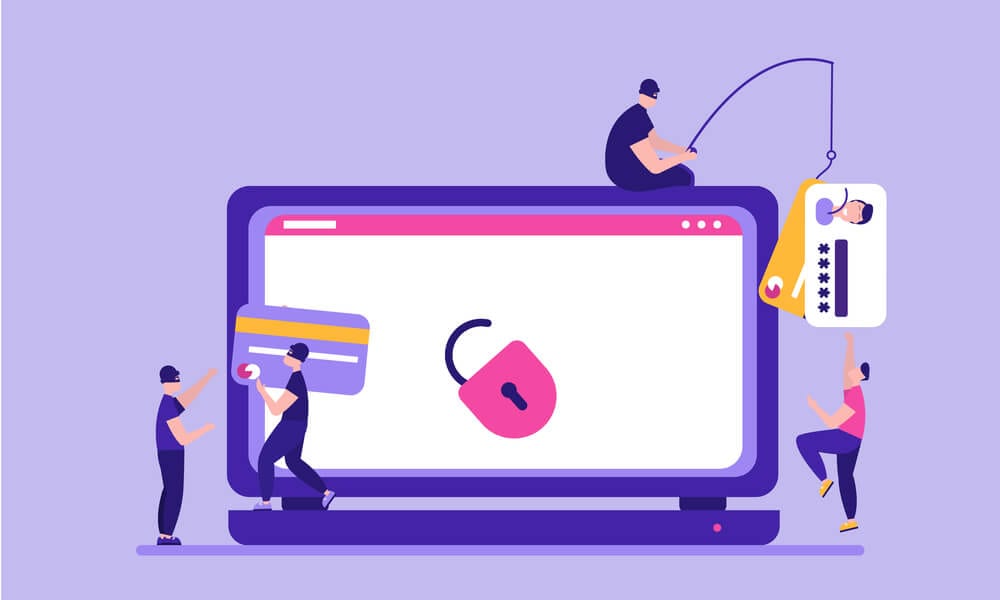5 Verification Processes To Reduce The Risks Of Identity Fraud
Identity is a person’s most important and sensitive asset. With the increasing digitization of the world, it’s becoming difficult for users to protect their digital identities. Sometimes it becomes difficult for businesses as well to secure their customers’ identities. There are different verification processes that enterprises use to secure the identities of customers.
Listing Identity Verification Processes
Nowadays there are a lot of online identity verification methods that businesses use in order to make their system fraud-free. Anti-money laundering (AML) and Know Your Customer (KYC) are the key drivers for making these verification processes a normal thing for businesses.

Financial Crimes Enforcement Network (FinCEN) is the regulatory body that is responsible for regulating identity verification techniques in the U.S. Following are some of the verification processes that businesses are using on a wider scale:
- 2 Factor Authentication Verification Measure
2 Factor authentication also refers to as multiple-factor authentication requires the users to enter a code that is sent to their mobile number or email address. This verification process is very easy for users to use. Employing 2 FA or MFA, businesses can identify their customers easily. This is most significant to check if the customers had wrongly typed their personal data.
Multi-factor authentication requires customers to present a form containing their personal information, also known as token, along with the password and username before accessing an account. The taken should be something customers have memorized or have received from the verification agency. The use of tokens in the process makes it extremely secure i.e. causing hindrance in the fraudulent activities. 2FA is useful in creating accounts, however, the verification process requires customers to keep their cell phone with them during the verification process.
- Knowledge-based Authentication
It is the type of verification process that requires users to answer a question usually asked as a security measure. Knowledge-based authentication is designed in a way that asks difficult questions from persons so that no one can easily access the platform or account. Asking the customers to answer in a limited time span is an additional layer of security in the knowledge-based process. The biggest advantage of this system is its ease that users can conveniently go through the process of the verification process. The convenience of the process is also the source of its disadvantage i.e. fraudsters can easily bypass this stage of verification.
- Database Methods
Database methods use data from different sources to verify the identity of the customers. This verification process is used to verify the chances of risk a user can impose on the business. The most insignificant thing this method brings with it is the fact that businesses can not make sure that the person proving the information or carrying out the transaction is the genuine customer or not.
- Online Verification
The most authentic and reliable source of verification processes considered is the online identity verification method. This process uses government-issued ID cards to verify the identity of customers. Online methods use different technologies like artificial intelligence and machine learning to verify if the document really belongs to the particular user. This verification process requires users to submit a picture of themselves holding an ID card to verify IDs online. Identity verification API then validates if the person holding the ID card is the same as the image present on the ID card.
- Biometric Verification
Another method of ID check online is the biometric verification technique. This is the most advanced verification measure that made its way into businesses. It verifies the customers based on their biological characters. Face recognition, iris recognition, and hand geometry are different verification processes included in biometric identification techniques. This identification measure is liked by a number of customers because they do not have to remember long passwords and do not need to give answers to questions.
However, this identification technique is the most controversial one as well. Individuals are being recorded with or without their consent. This gives a reason to users to raise questions about the unethical behavior pattern of this system. Also, biometrics being recorded by an identity verifier can be used by anyone. Thus this verification process does not fulfill the security protocols of customers’ data.
Why Is It Necessary To Verify Identities?
Identity verification techniques are used both in online and in-person situations. It is used in industries like the financial sector, e-commerce platforms, and social networking sites to verify the customers’ identities. These verification processes are necessary to curb fraudsters’ illegal activities like money laundering and identity theft.
Conclusion
Different businesses incorporate different verification processes based on their need and nature of work. Online platforms using ID checks online are intended to mitigate the risks of identity theft.


